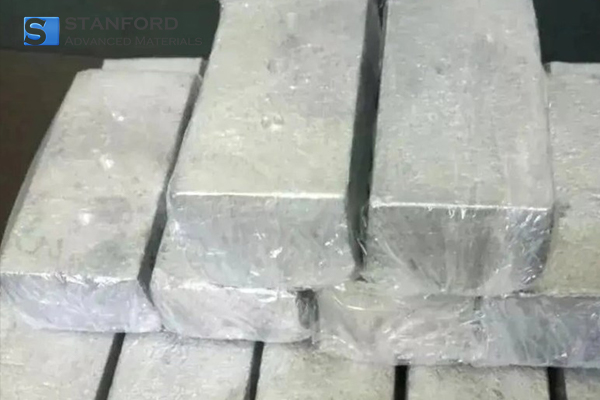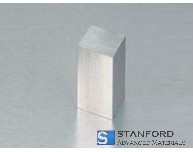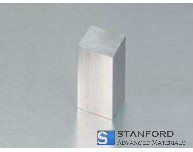- Products
- Categories
- Blog
- Podcast
- Application
- Document
LM1298 Aluminum Lithium Alloy (Al-Li Alloy)
| Catalog No. | LM1298 |
| CAS Number | 87871-87-2 |
| Chemical Formula | Al-Li |
| Density | 1.56 g/cm3 |
| Shape | Particle, powder, rod |
| Melting Point | 718°С |
Aluminum Lithium Alloys (Al-Li Alloys), or Lithium Aluminum Alloys, are a series of alloys of aluminum and lithium. Various Aluminum Lithium Alloys can be provided by Stanford Advanced Materials (SAM) at a competitive price.
Other aluminum alloys: Yttrium-Aluminum Alloy (Y-Al Alloy), Zinc / Aluminum Wire (Zn/Al Wire)
INQUIRY
Add to Inquiry List
Description
Specification
Technical Data Sheet
LATEST RECOMMENDED

LM1770 Aluminum Lithium (Al-Li) Alloy Rolled Plate/Ingots
LM1771 Aluminum Lithium (Al-Li) Alloy 1420
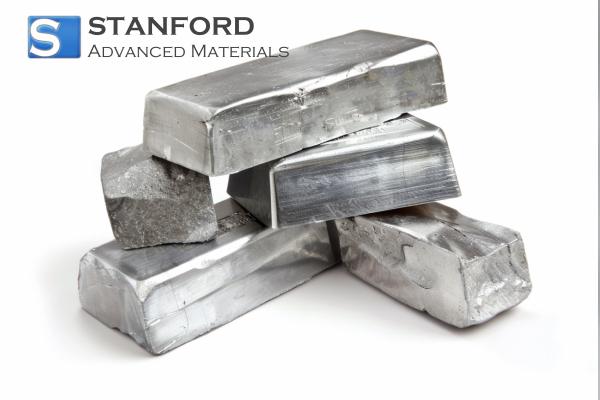
LM1772 Aluminum Lithium (Al-Li) Alloy 1460
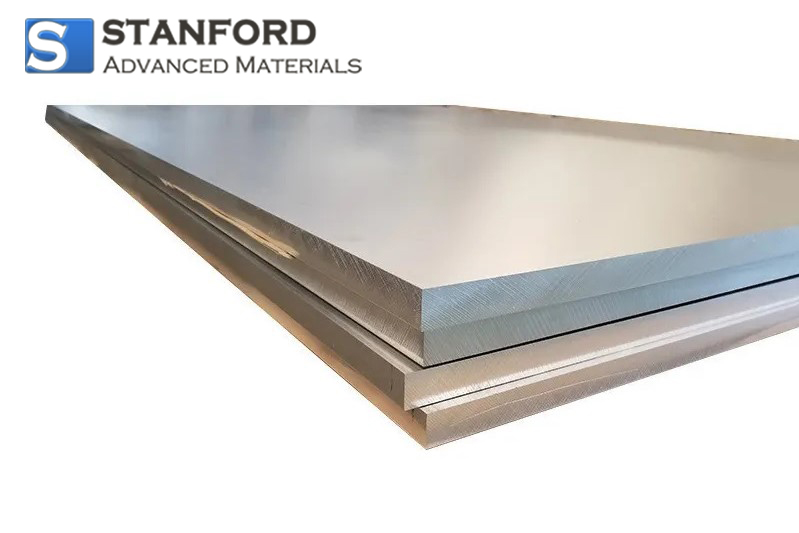
LM1773 Aluminum-Lithium (Al-Li) Alloy 2090
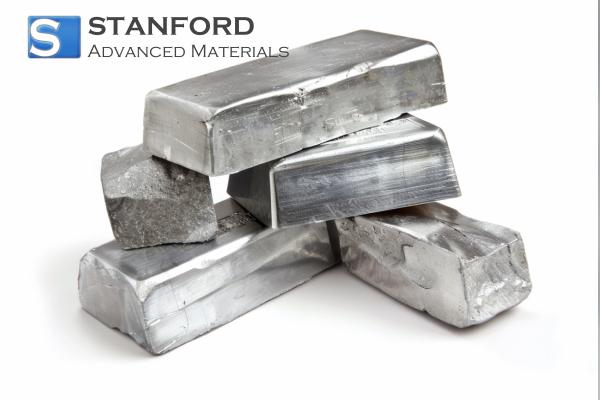
LM1774 Aluminum Lithium (Al-Li) Alloy 2195
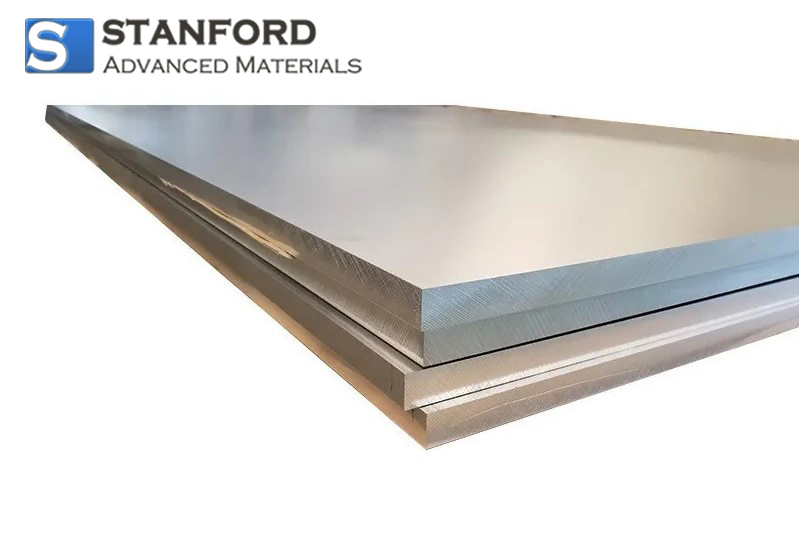
LM1775 Aluminum Lithium (Al-Li) Alloy 8090

LM1776 Aluminum Lithium (Al-Li) Alloy VL30
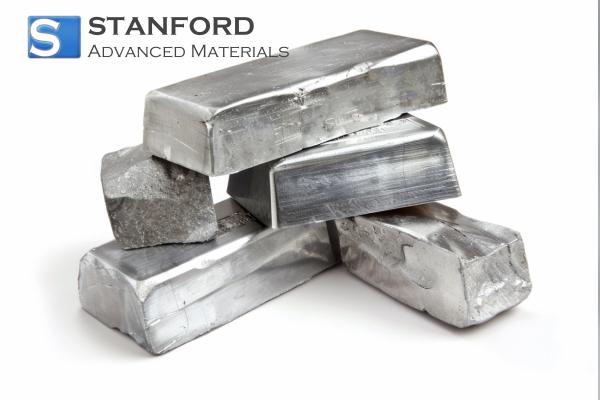
LM1777 Aluminum Lithium (Al-Li) Alloy Weldalite 049
GET A QUOTE
Send us an Inquiry now to find out more Information and the latest prices,thanks!

